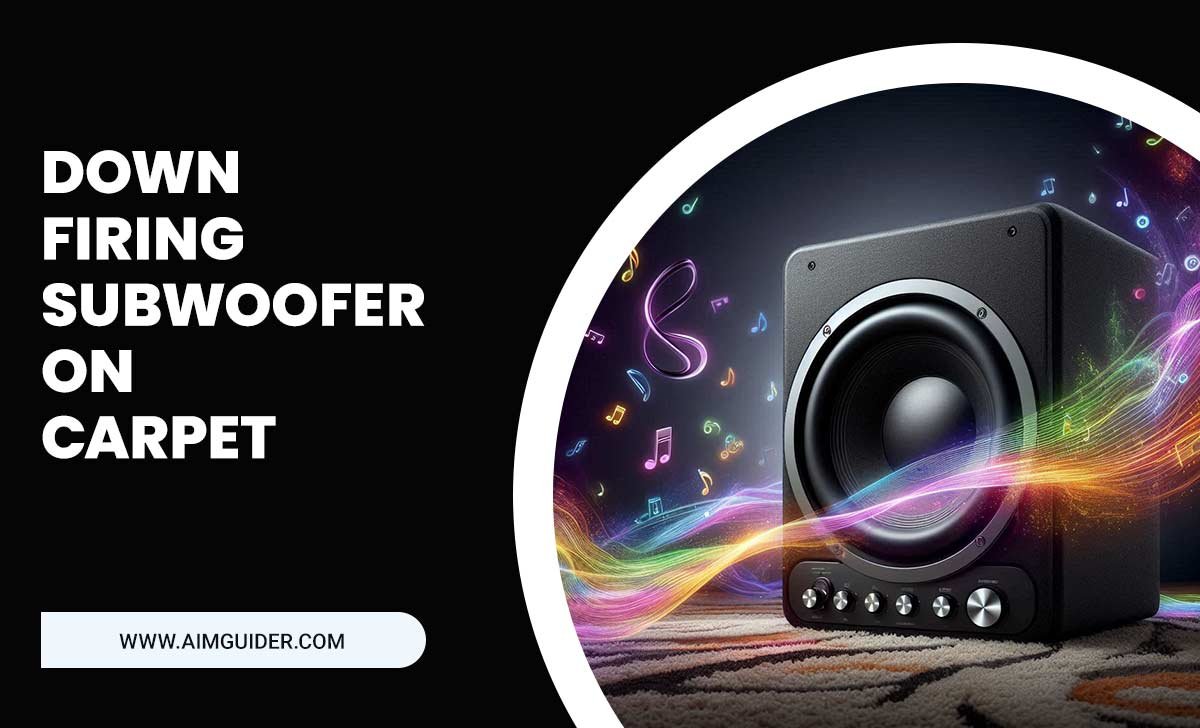Setting up a home theater speaker system can transform your entertainment experience by delivering cinema-like sound quality in the comfort of your home. With various components and configurations, understanding the setup process is crucial for achieving optimal audio performance.
Creating a home theater speaker system involves strategically placing and configuring speakers to enhance your audio-visual experience. It matters because the right setup can significantly improve sound quality, making movies, music, and gaming more immersive. This guide will walk you through the essentials of setting up a home theater speaker system, ensuring you get the best audio experience possible.
Key Takeaways
- **Speaker Placement**: Critical for sound quality and immersion.
- **Calibration**: Ensures each speaker is correctly balanced for optimal sound.
- **Wiring and Connections**: Proper connections are essential for system functionality.
- **Room Acoustics**: Impact sound performance, consider soundproofing and acoustics treatments.
- **Technology Integration**: Seamlessly integrate with existing devices for a cohesive setup.
- **Troubleshooting**: Common problems can be identified and solved effectively.
What is home theater speaker system setup?
Home theater speaker system setup refers to the process of arranging and connecting various audio components in a specific configuration to deliver an optimal sound experience. This setup typically includes speakers, a receiver, and various audio sources, all working together to enhance the audio quality of movies, music, and games.
Components of a Home Theater Speaker System
- **Speakers**: Front, center, surround, and subwoofer speakers.
- **AV Receiver**: Connects and powers the speakers.
- **Audio Sources**: Blu-ray players, streaming devices, gaming consoles.
- **Cables and Connectors**: HDMI, optical cables, speaker wire.
- **Mounts and Stands**: For optimal speaker positioning.
Each component plays a vital role in ensuring the sound quality and immersive experience of a home theater. Proper setup involves careful selection and arrangement of these components to suit your room and preferences.
Why home theater speaker system setup is Important?
Setting up a home theater speaker system is crucial for anyone looking to enjoy a high-quality audio experience at home. A well-configured system ensures that sound is distributed evenly throughout the room, creating an immersive environment that enhances the enjoyment of any media.
Benefits of a Proper Setup
- **Enhanced Sound Quality**: Delivers clear dialogue and detailed sound effects.
- **Immersive Experience**: Surround sound provides a cinema-like experience.
- **Customization**: Tailor the setup to your room’s acoustics and personal preferences.
- **Increased Property Value**: A well-installed system can add value to your home.
- **Versatility**: Compatible with multiple audio and video sources.
A proper setup optimizes sound quality, making every movie night or gaming session an unforgettable experience. It allows for personalization and can enhance your home’s appeal.
Step-by-Step Guide to home theater speaker system setup
Step 1: Plan Your Layout
- **Assess your room size and shape** to determine speaker placement.
- **Identify the primary listening position**, typically where you sit.
- **Consider room acoustics**: furniture and curtains can affect sound.
Planning is crucial as it lays the foundation for the entire setup. Consider room dimensions and materials that may influence sound quality.
Step 2: Choose Your Speakers
- **Select speaker types**: floor-standing, bookshelf, in-wall, etc.
- **Match speakers** to your room size and audio preferences.
- **Consider brand and model** for quality and compatibility.
Choosing the right speakers involves selecting models that suit your room and audio needs, ensuring compatibility with your other components.
Step 3: Position Your Speakers
- **Front speakers**: Should be at ear level, evenly spaced from the screen.
- **Center speaker**: Positioned above or below the TV, facing the audience.
- **Surround speakers**: Placed to the side or slightly behind the listener.
- **Subwoofer placement**: Experiment with different locations for optimal bass.
Correct speaker placement is essential for achieving a balanced sound across all frequencies. Experimenting with positions can help refine the setup.
Step 4: Connect Your Components
- **Connect speakers to the AV receiver** using appropriate cables.
- **Use HDMI cables** for high-quality audio and video transmission.
- **Label cables** to avoid confusion during reconnections.
Connecting components involves careful wiring to ensure seamless integration. Proper labeling and use of quality cables can prevent connectivity issues.
Step 5: Calibrate Your System
- **Use the AV receiver’s calibration tool** for automatic setup.
- **Manually adjust speaker levels** for personalized sound.
- **Test different audio tracks** to evaluate the sound quality.
Calibration optimizes each speaker’s output to suit your room’s acoustics, ensuring a balanced and immersive audio experience.
Alternative Methods / Tools
Wireless Speaker Systems
- **Eliminate cable clutter** with wireless connections.
- **Easier setup** with fewer components to connect.
- **Flexibility in positioning** without wiring constraints.
Wireless systems offer a cleaner setup with more flexibility in speaker placement but may require additional considerations for signal interference.
Soundbars
- **Simplified solution** with integrated speakers.
- **Space-saving** option for smaller rooms or setups.
- **Quick installation** without multiple components.
Soundbars provide an easy-to-install alternative with decent sound quality, ideal for those with limited space or who prefer minimalistic setups.
Troubleshooting Common Issues
No Sound from Speakers
- **Check all connections** to ensure cables are secure.
- **Verify source device settings** for correct audio output.
- **Inspect speaker settings** on the AV receiver.
If there’s no sound, verify all connections and settings. Sometimes, a simple adjustment can solve the issue.
Imbalanced Sound Levels
- **Re-calibrate speakers** using the AV receiver’s tools.
- **Check for obstructions** that might affect sound flow.
- **Adjust speaker distances** within the settings menu.
Imbalanced sound can often be corrected by recalibrating the system to ensure each speaker is correctly balanced.
Advanced Techniques
Optimizing Room Acoustics
- **Add acoustic panels** to reduce reflections.
- **Rearrange furniture** to improve sound flow.
- **Use rugs and curtains** to absorb sound.
Optimizing room acoustics can dramatically improve sound quality by reducing unwanted echoes and improving clarity.
Prevention & Maintenance Tips
- **Regularly dust and clean** speakers to maintain sound quality.
- **Check and update firmware** for all components.
- **Inspect and replace cables** as needed to prevent connectivity issues.
- **Keep speakers away from moisture** to avoid damage.
Routine maintenance and preventive measures can prolong the lifespan of your home theater system and ensure consistent performance.
Comparison of Setup Methods
| Method | Difficulty | Speed | Best For | Notes |
|---|---|---|---|---|
| Traditional Wired Setup | Moderate | Slow | Permanent Installations | Requires more planning and cable management. |
| Wireless Speaker System | Easy | Fast | Flexible Arrangements | Watch for potential signal interference. |
| Soundbar | Very Easy | Very Fast | Compact Spaces | Simpler installation, fewer components needed. |
Conclusion
Transforming your home entertainment setup with a well-planned home theater speaker system can greatly enhance your audio experience. By carefully selecting and positioning speakers, connecting components properly, and maintaining the system, you can enjoy superior sound quality for all your media needs. Ready to take your home entertainment to the next level? Start planning your setup today!
Frequently Asked Questions
Question 1: What is the ideal speaker placement for a home theater?
Answer: Front speakers at ear level, surround speakers to the sides or slightly behind, and the center speaker directly above or below the TV.
Question 2: Can I use a soundbar instead of a full speaker system?
Answer: Yes, soundbars are a compact alternative offering decent sound quality, ideal for smaller spaces.
Question 3: What if my room is irregularly shaped?
Answer: Consider adjustable speaker stands and calibration tools to adapt to unique spaces.
Question 4: How do I fix echo issues in my home theater?
Answer: Add acoustic treatments like panels, curtains, and rugs to absorb excess sound reflections.
Question 5: Are wireless speaker systems as good as wired ones?
Answer: Wireless systems offer flexibility and cleaner setups, but may face signal interference issues.
Question 6: How often should I calibrate my home theater system?
Answer: It’s recommended to recalibrate whenever you move or add components, or if sound quality issues arise.
Question 7: Can I set up a home theater without professional help?
Answer: Yes, with a bit of research and planning, most people can set up a system themselves.
Question 8: What is the role of the AV receiver?
Answer: The AV receiver connects, manages, and amplifies signals to your speakers, acting as the hub of your system.
Question 9: How do I ensure compatibility between components?
Answer: Check specifications for inputs/outputs and ensure all devices support the same audio formats.








